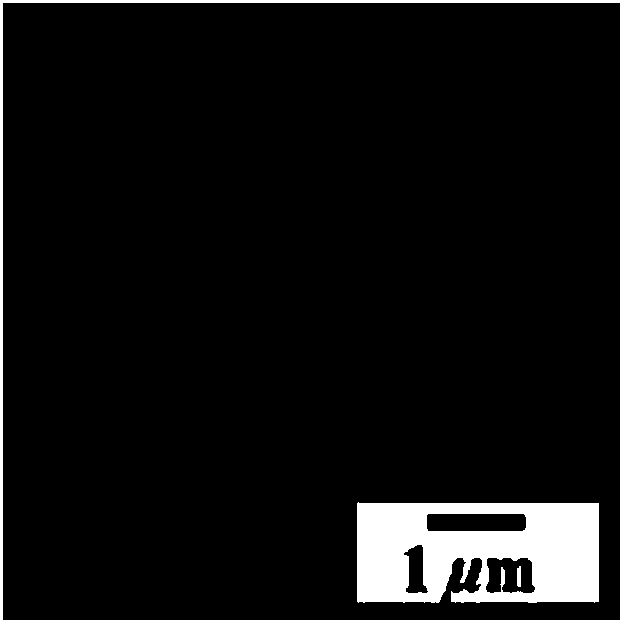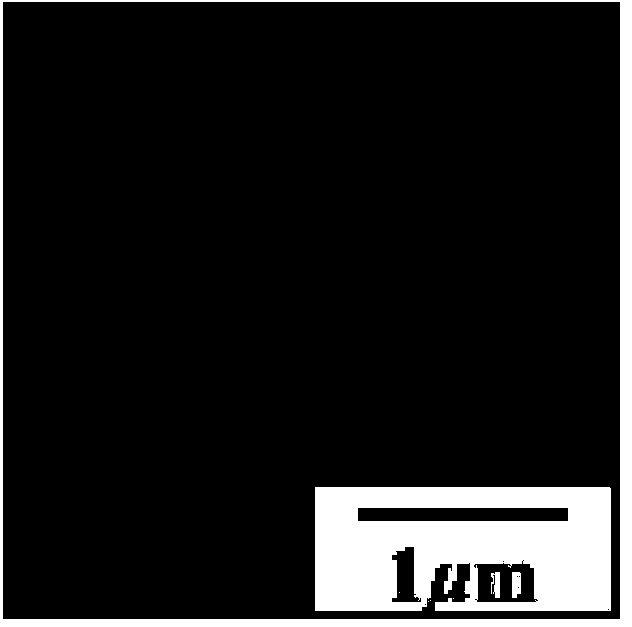Preparation method of anisotropic particles with variable morphology
An anisotropic and variable technology, applied in the field of synthesis of anisotropic asymmetric composite particles, can solve problems such as poor fluidity
- Summary
- Abstract
- Description
- Claims
- Application Information
AI Technical Summary
Problems solved by technology
Method used
Image
Examples
Embodiment example 1
[0025]
[0026] According to the above ratio, a certain amount of silane coupling agent 3-(methacryloyloxy)propyltrimethoxysilane was dissolved in 160.0g deionized water, and added to the reactor, after stirring for 30 minutes, 20.0 g seed monomer styrene, feed nitrogen into the whole process, reflux and condense, add 0.12g initiator potassium persulfate after the system reaches 70°C, and polymerize for 7 hours to obtain the seed emulsion;
[0027]
[0028] Take 11.5g of the seed emulsion obtained in step (a), add 80.0g of deionized water, after ultrasonic dispersion, start stirring, add the second monomer acrylonitrile, swell at room temperature for half an hour, and wait until the reaction temperature of the system rises to 75°C Add 0.024g of initiator potassium persulfate, feed nitrogen into the whole process, reflux condensation, and polymerize for 5 hours; the emulsion is decompressed and dried at low temperature to constant weight, and non-spherical composite partic...
Embodiment example 2-5
[0031] In the implementation cases 2-5, the amount of the silane coupling agent was changed to 1.0 g, 3.0 g, 4.0 g, and 8.0 g respectively, and the rest of the steps were the same as in the implementation case 1. The transmission electron micrograph of the composite particle prepared by implementation case 2-3 is Figure 2-3 .
[0032] analyze Figure 2-3 It can be seen that when the dosage of the silane coupling agent is 1.0g or 3.0g, the protrusions of the composite particles gradually become larger.
Embodiment example 6-7
[0034] In Example 6-7, the silane coupling agent was changed to tetraethoxysilane and 3-aminopropyltriethoxysilane respectively, and the rest of the steps were the same as Example 1.
PUM
 Login to View More
Login to View More Abstract
Description
Claims
Application Information
 Login to View More
Login to View More - R&D
- Intellectual Property
- Life Sciences
- Materials
- Tech Scout
- Unparalleled Data Quality
- Higher Quality Content
- 60% Fewer Hallucinations
Browse by: Latest US Patents, China's latest patents, Technical Efficacy Thesaurus, Application Domain, Technology Topic, Popular Technical Reports.
© 2025 PatSnap. All rights reserved.Legal|Privacy policy|Modern Slavery Act Transparency Statement|Sitemap|About US| Contact US: help@patsnap.com



